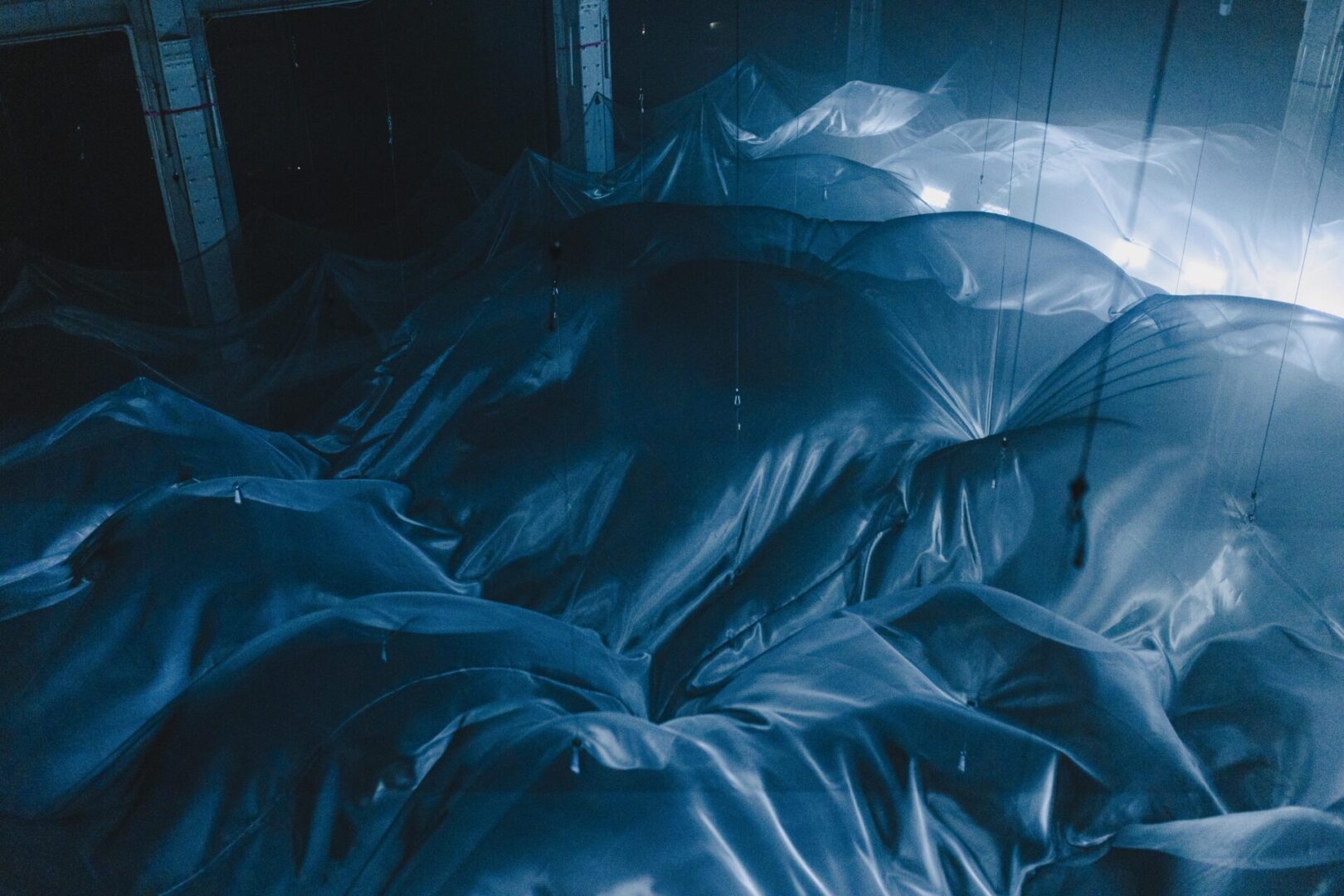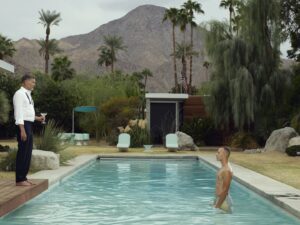Acoustic ecologist Gordon Hempton once placed a microphone in nature and listened through headphones. His response? “Silence is not the absence of something, but the presence of everything.” The statement is the foundation of a new exhibition at Stedelijk Museum, Schiedam. Curators Boris Acket and Sanneke Huisman explain: “You enter a world where everything feels like it’s being experienced for the very first time – through the eyes and ears of the artists.” The show features practitioners who use technology to explore and reinterpret nature, including Acket, Lachlan Turczan and Sabine Marcelis. Their works encompass captured sunlight, weather systems made of fabric and light, swaying grasses from Minnesota, boundless horizons and dancing droplets that flow towards the centre of the earth.
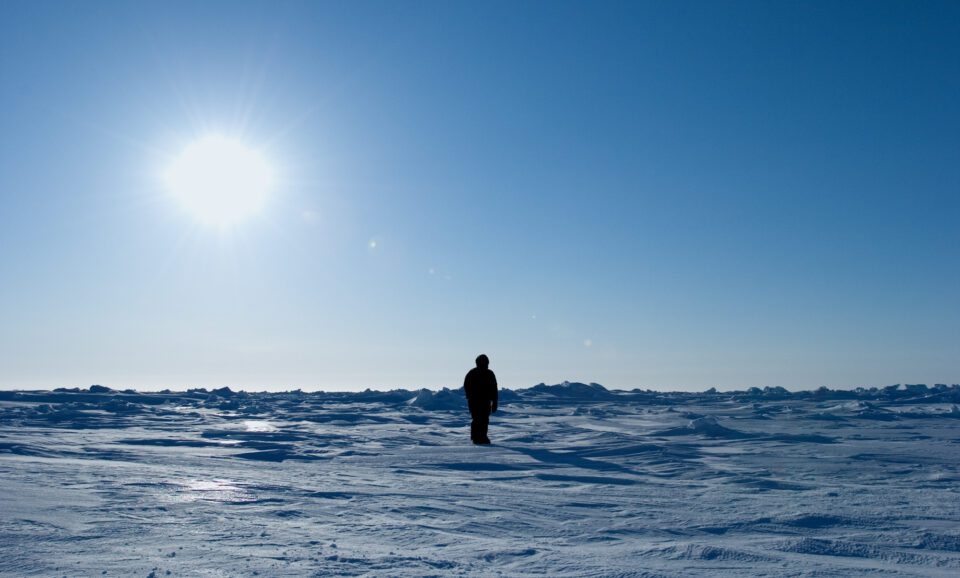
Silence and the Presence of Everything is part of a wider celebration marking the city of Schiedam’s 750th anniversary. The show is hosted Monopole, a former dance hall and cinema, now a brand-new sister location to the Stedelijk Museum. The exhibition will see new life breathed into the space, with the display stretching across the building’s two floors. Visitors are invited to contemplate humanity’s place in the world and how every person’s life is inextricably intertwined with nature. Each artwork prompts a new question. Where does the boundary between modern society and the environment lie, if it exists at all? Is the horizon the only real border on Earth? Does art help us better understand the world, or does it highlight just how distant we are from the landscape?
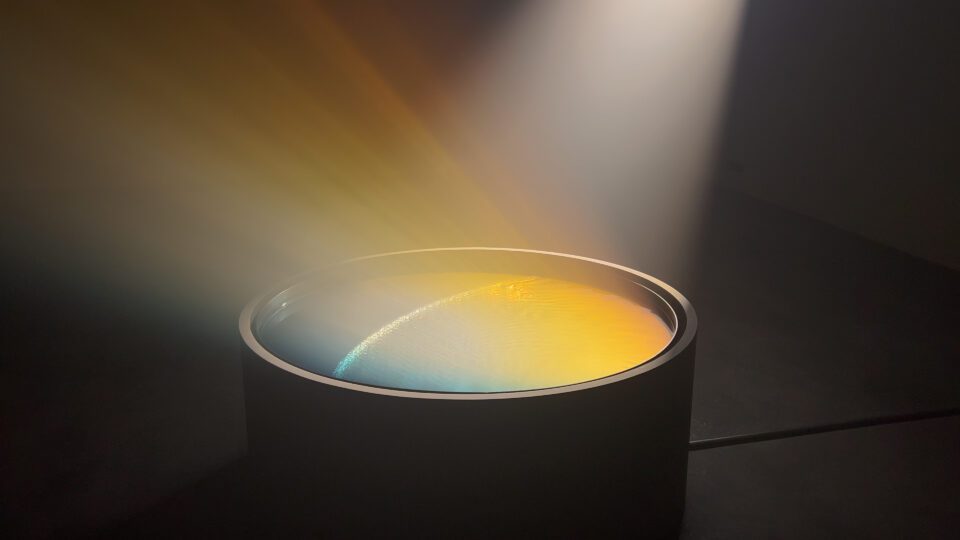
Audiences are taken on a journey through natural process, reminded that much of what we experience is cyclical – flowers bloom and wilt, animals are born and die, ice freezes and thaws. Lily Clark beautifully captures the idea that even the smallest water droplets always flow towards the centre of the Earth. Her sculpture, Dew Point, is made from a solid square of stone, a wide but shallow depression carved into its surface. Tiny beads of water routinely appear in its corners, rolling towards a slender slit in its middle, before returning to repeat the process. It is a microcosm for how all liquid eventually succumbs to gravity. Meanwhile, performance artist Guido van der Werve views the world from a very different perspective. Video installation Nummer negen, the day I didn’t turn with the world compresses 24 hours into eight-minutes, documenting the artist standing at the tip of the North Pole. Van der Werve slowly circles in the opposite direction to the Earth’s rotation. It is a quiet refusal to move in sync with the planet’s rhythms.
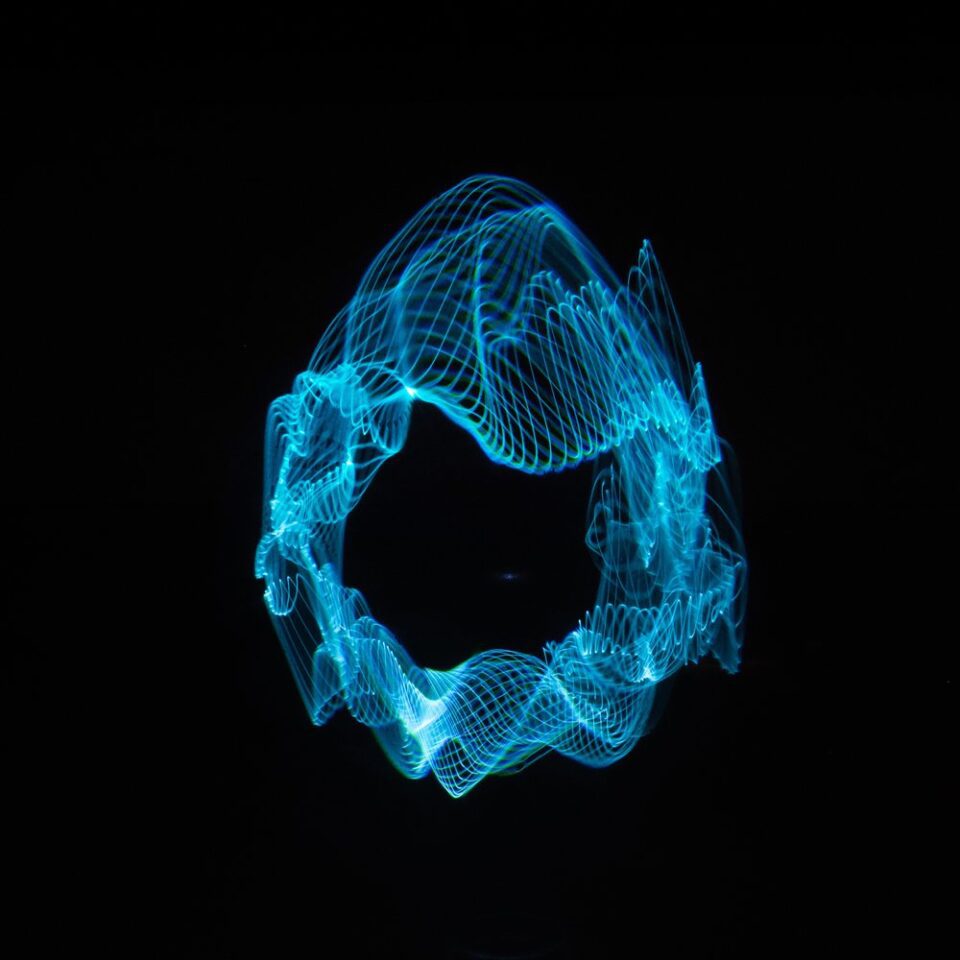
Other works invite viewers to become part of the installation. Acket’s Unusual Weather Phenomena allows people to lie beneath it, where they experience a strange weather event. Fabric billows and snaps, mimicking the unpredictable feeling of being trapped in a windstorm. Alternatively, if viewed from the above balcony, it moves like a living landscape. The large-scale piece features a self-learning algorithm developed by Acket and creative programmer Corey Schneider, which controls the artwork’s movements. Unusual Weather Phenomena pushes the boundaries of Acket’s previous work. The artist began in electronic music and club culture, before moving into an investigation of the relationship between sound art, music and performance spaces. Here, the balance between control and surrender is brought into sharp focus.
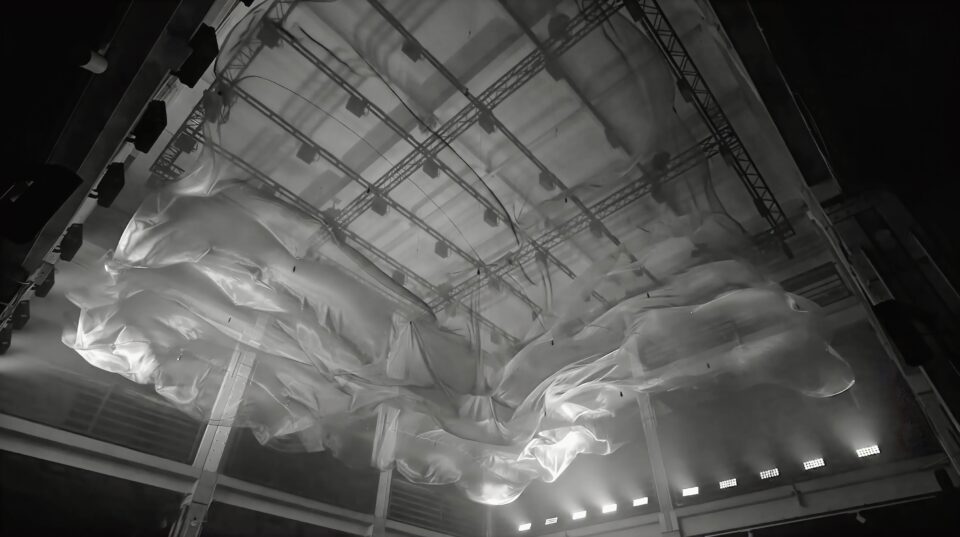
Another highlight is David Bowen’s Tele-present Wind. The artist attached a moving mechanical device to a field of dried stalks, using technology to link them with similar grasses in his garden in the USA. Data transmits real-time wind speeds from Minnesota to the Monopole installation, causing the piece in Schiedam to sway in sync with a breeze across the Atlantic. This is the latest iteration of the installation, which Bowen first presented in 2010. Since then, it’s been exhibited in Azkuna Zentroa, Bilbao and Aboratoria Art & Science Space, Moscow. One particularly impressive version is Tele-present Wind (Mars Wind Version), which was made in collaboration with the NASA Jet Propulsion Laboratory and sees the grass tilt and move based on data collected from the Perseverance Mars rover.
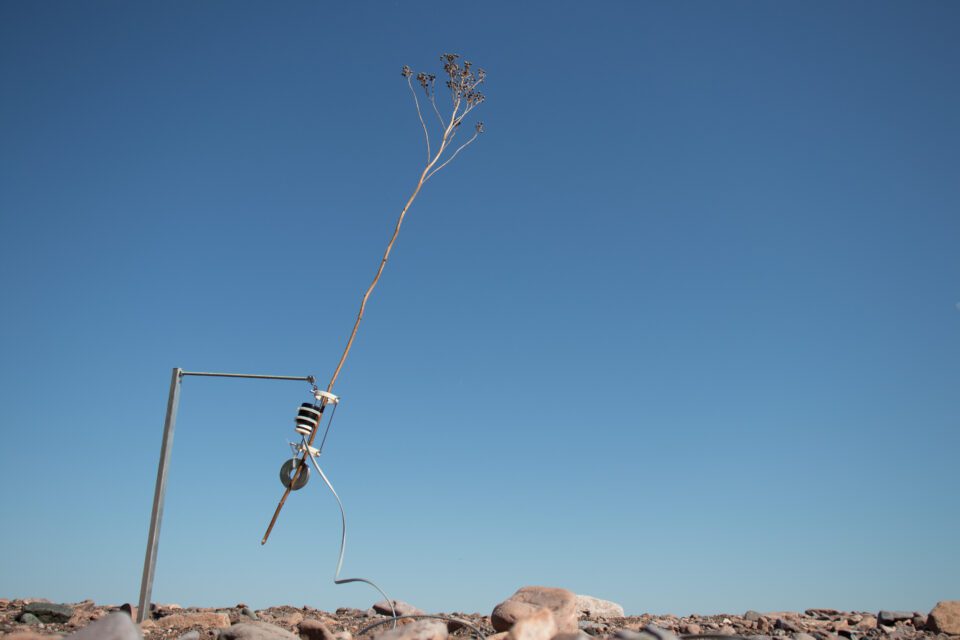
Silence and the Presence of Everything is an optimistic take on technology’s potential to enhance humanity’s relationship with nature. In a time when mobile phones, unlimited internet access and social media can feel like a distraction from the tangible, physical parts of our world, the exhibition is a welcome invitation to be immersed in magical phenomena and reconnect with what matters. Here, viewers are challenged to rediscover parts of our surroundings that are too often taken for granted.
Silence & The Presence of Everything is at Stedelijk Museum, Schiedam from 21 September 2025 – 31 May 2026: stedelijkmuseumschiedam.nl
Words: Emma Jacob
Image credits:
1. Boris Acket, Unusual Weather Phenomena, 2025.
2. Guido van der Werve, Number nine, the day I didn’t turn with the world, 2007 © Guido van der Werve, Courtesy of the artist and GRIMM Amsterdam | London | New York.
3. Boris Acket & Sabine Marcelis, Sunbeam, Captured, 2024.
4. Lachlan Turczan, Wavering, 2023 © Photography Studio Lachlan Turczan.
5. Boris Acket, Unusual Weather Phenomena, 2025.
6. David Bowen, Tele-present Wind, 2025.


